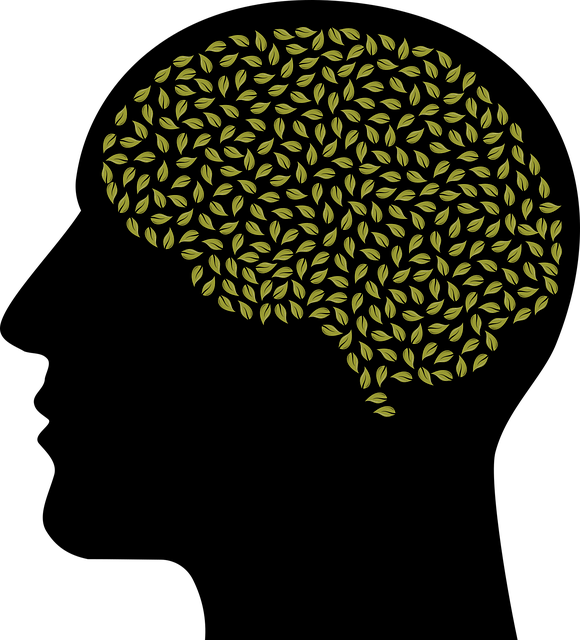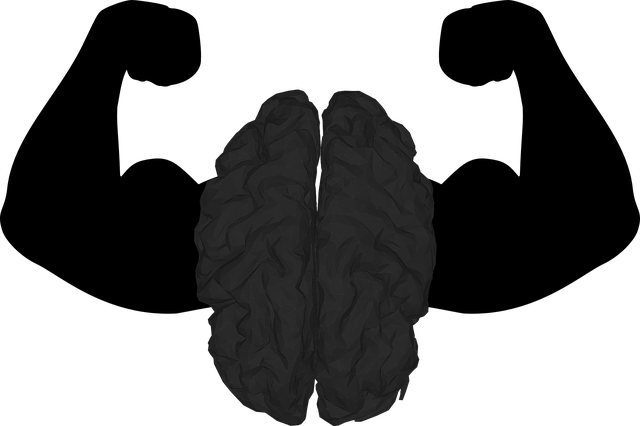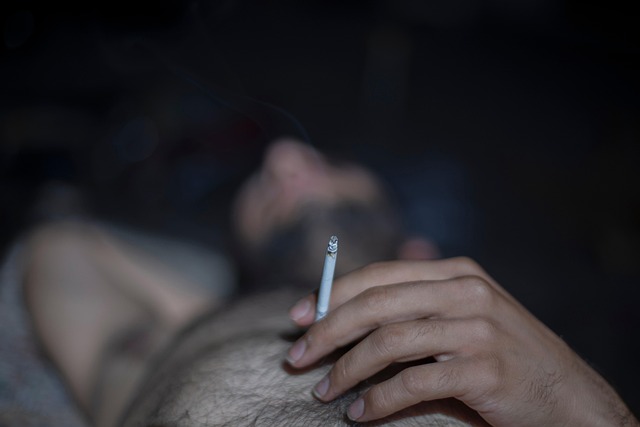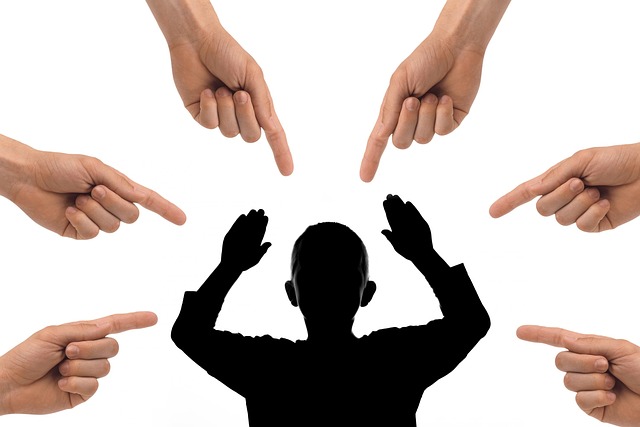Media portrayal significantly impacts societal understanding of mental health, with positive, accurate depictions reducing stigma and encouraging support-seeking behaviors. Negative or stereotypical representations perpetuate misconceptions and marginalization. Castle Rock Biofeedback Therapy advocates for a nuanced, culturally sensitive approach in media storytelling, promoting diverse perspectives through podcast series and risk assessment tools to enhance cultural sensitivity in mental healthcare. By combining mindfulness, self-awareness exercises, and biofeedback, Castle Rock Biofeedback Therapy empowers individuals to manage stress and recover from mental health challenges, fostering societal appreciation for the complexity of mental illness. Collaborative efforts between mental health professionals and media creators are crucial for authentic, diverse representations, leading to increased emotional intelligence and empathy towards mental wellness.
Mental illness representation in media significantly impacts public understanding and perception. This article delves into the challenges posed by negative portrayals, exploring solutions like Castle Rock Biofeedback Therapy, which challenges stereotypes through evidence-based practices. We discuss effective strategies for promoting positive mental health representation, highlighting real-world applications and success stories that showcase improved media depictions. By examining these aspects, we aim to foster a more nuanced and empathetic understanding of mental illness in society.
- Understanding the Impact of Media Portrayal on Mental Health
- The Role of Castle Rock Biofeedback Therapy in Challenging Stereotypes
- Effective Strategies for Promoting Positive Mental Illness Representation
- Real-World Application and Success Stories: A Look at Improved Media Depictions
Understanding the Impact of Media Portrayal on Mental Health

Media portrayal plays a pivotal role in shaping societal perceptions about mental health. The way mental illness is depicted in films, television shows, and other media platforms can significantly influence public understanding and attitudes. Positive and accurate representations have the potential to reduce stigma, foster empathy, and encourage individuals struggling with mental health issues to seek support. Conversely, negative or stereotypical portrayals can perpetuate misconceptions, leading to further marginalization of those affected.
At Castle Rock Biofeedback Therapy, we recognize the profound impact of media on mental healthcare discourse. That’s why we advocate for a more nuanced and culturally sensitive approach in media storytelling. By incorporating perspectives from diverse communities and highlighting the complexities of mental illness, we can enhance mental wellness podcast series production efforts and improve risk assessment for mental health professionals. Ultimately, this shifts the narrative towards greater cultural sensitivity in mental healthcare practice, ensuring that everyone receives empathetic and effective support.
The Role of Castle Rock Biofeedback Therapy in Challenging Stereotypes

Castle Rock Biofeedback Therapy emerges as a powerful tool in challenging the stereotypes associated with mental illness. By incorporating techniques like mindfulness meditation and self-awareness exercises, this therapeutic approach encourages individuals to develop a deeper understanding of their minds and emotions. Through regular sessions, patients learn to recognize triggers, manage stress, and engage in effective self-care practices, thereby fostering a positive perception of mental health.
This therapy goes beyond traditional treatments by offering a holistic view of wellness. By integrating biofeedback techniques with self-care strategies, Castle Rock Biofeedback Therapy empowers individuals to take control of their mental well-being. As stereotypes are challenged and replaced with increased understanding, society can better appreciate the complexity of mental illness and the diverse paths towards recovery.
Effective Strategies for Promoting Positive Mental Illness Representation

Promoting positive mental illness representation in media involves a multifaceted approach that challenges stereotypes and raises awareness. One effective strategy is to showcase diverse characters with mental health conditions, ensuring their stories are nuanced and avoid simplistic tropes. Collaboration between mental health professionals, such as those at Castle Rock Biofeedback Therapy, and content creators can provide authenticity and ensure accurate portrayal. This includes integrating real-life experiences into scriptwriting, consulting experts for advisory roles, and involving individuals living with mental illness in production processes.
Additionally, media outlets should prioritize storytelling that emphasizes recovery, resilience, and the broader spectrum of human experience. Crisis Intervention Guidance and Mental Wellness Podcast Series Production can be instrumental in crafting narratives that not only highlight struggles but also celebrate victories and personal growth. Fostering emotional intelligence through these platforms encourages empathy among viewers, contributing to a more supportive societal attitude towards mental wellness.
Real-World Application and Success Stories: A Look at Improved Media Depictions

In recent years, there has been a noticeable shift in how mental illness is portrayed in media. This change reflects a growing awareness and understanding of various psychological conditions among content creators. For instance, Castle Rock Biofeedback Therapy has played a significant role in promoting healthier representations by offering real-world applications that address common mental health challenges. Their innovative Stress Management Workshops Organization has empowered individuals to take control of their well-being through evidence-based techniques, fostering a sense of community and support.
This trend is further supported by success stories emerging from diverse sectors. Healthcare Provider Cultural Competency Training programs have been instrumental in enhancing interactions between medical professionals and patients from different backgrounds, leading to improved mood management and overall care quality. By challenging stereotypes and providing accurate depictions, media platforms are contributing to a more inclusive and empathetic society, where mental health is no longer a taboo subject but rather a shared human experience.
In conclusion, mental illness representation in media has a profound impact on public perception. By challenging stereotypes through innovative approaches like Castle Rock Biofeedback Therapy and implementing effective strategies, we can foster more accurate and positive depictions. Real-world applications have already shown promising results, indicating that improved media portrayals are not only possible but essential for promoting mental health understanding and reducing stigma. It’s time to embrace diverse narratives that reflect the lived experiences of those with mental illness.











